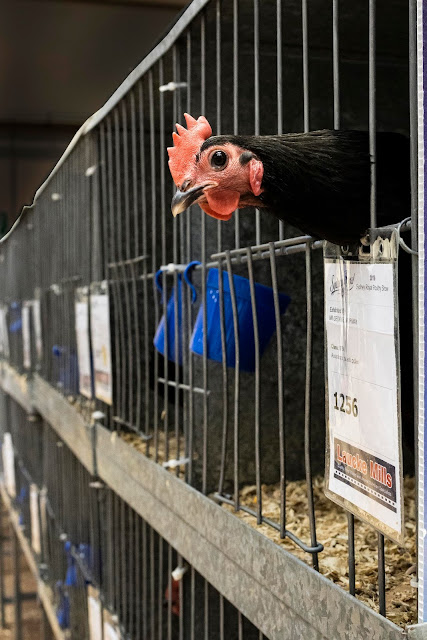Elements of camera design 7 July 2019 The good, the bad and the just plain silly

Chief camera designer on the lookout for new ergonomic mistakes Many camera historians identify the UR-Leica of 1914 as the fore-runner of the modern hand held camera. With over a hundred years evolution you might expect that modern cameras would have gotten their user interface to a point that most people can pick one up and work it right away. Motor cars have a similar historical timeline. The Ford model T automobile started mass production on an assembly line in 1913. Automobiles have evolved to the point that I can hire one anywhere in the world and expect to be able to drive it using a set of controls which with a few minor exceptions (like the windscreen wipers) are universal everywhere. If this were not so all pedestrians and most vehicle users would be dead by now. Cameras are a totally different story. The people who design and make cameras continue to bequeath their products with a bewildering muddle of different types and designs of controls. Even within any one make o...



